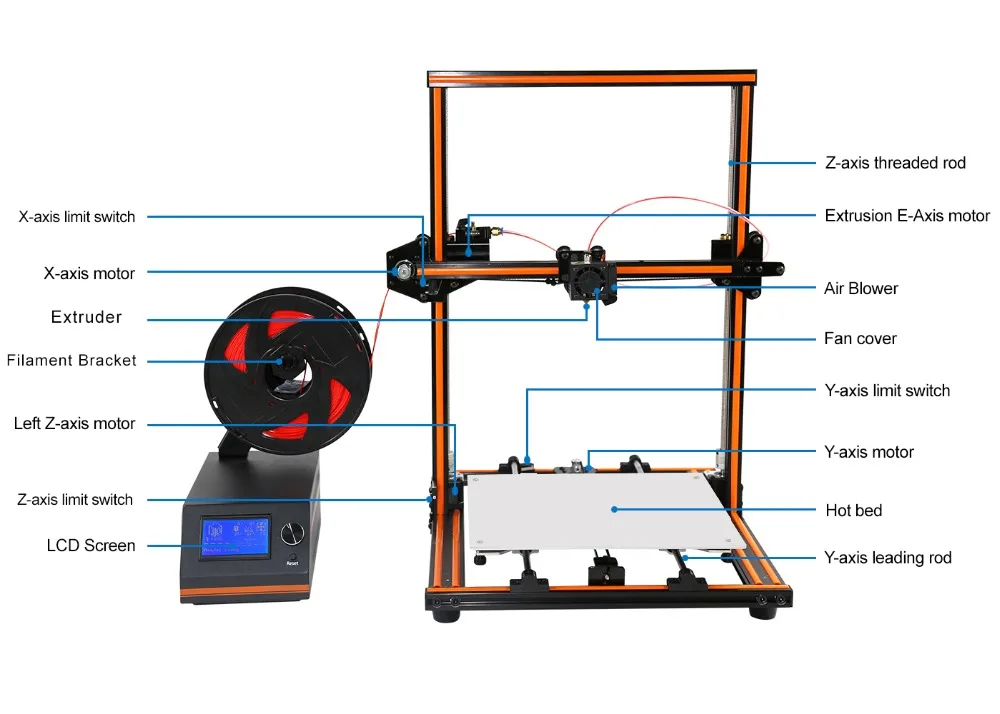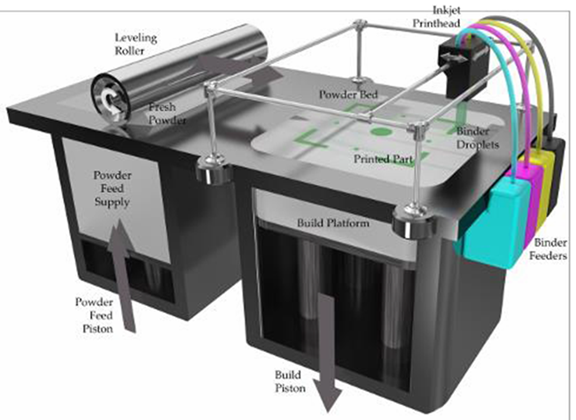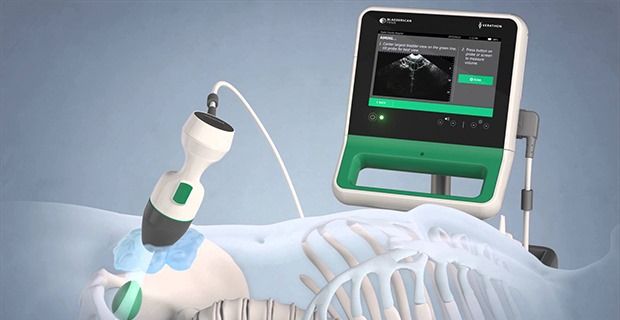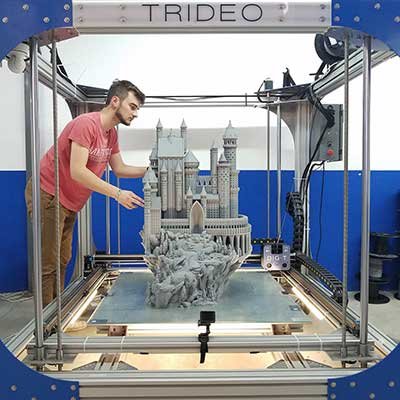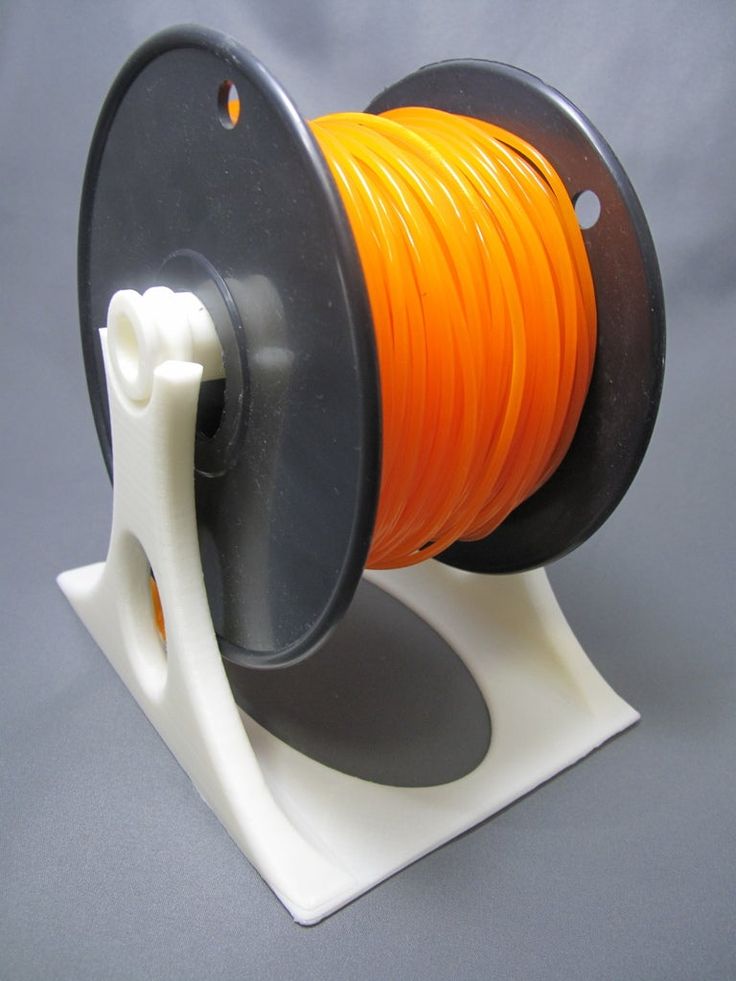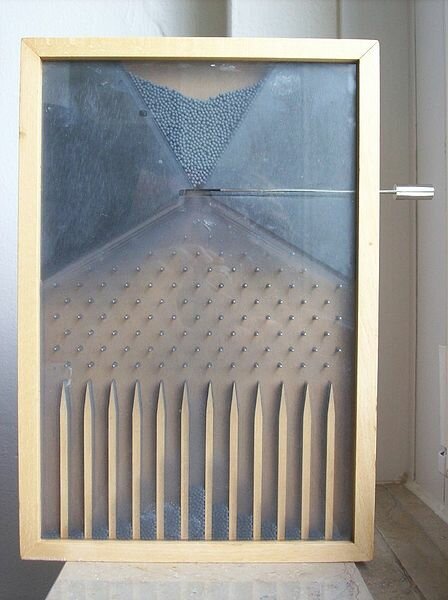Benefits of 3d metal printing
Benefits of Metal 3D Printing Technologies
Learn Blog
3D printing has changed the landscape of manufacturing. 3D printing is a more agile process than other fabrication methods — allowing manufacturers to go from design to complex metal parts faster, easier, and at lower costs.
Implementing metal 3D printing correctly can greatly improve business efficiency and agility — whether through eliminating the need for detail drawings and machine programming, or drastically shortening lead times that bog down product development processes.
This blog post provides an overview of concrete business benefits and technical benefits that organizations can achieve with successful implementation of metal 3D printing technologies.
Business Benefits of Metal 3D Printing
As a nascent technology, many of metal 3D printing’s tangible business benefits were obscured by the hype surrounding the technology. As the technology has matured significantly, metal 3D printing applications have diversified, and its value for the bottom line of businesses has emerged in three clear ways:
Getting products to market faster. By shortening product development cycles with an easy 3D metal printing process, organizations can generate more revenue.
Iteration is the most important part of product development — more iterations makes the product better, but too many will cause missed deadlines and lost revenue. While a lot of work goes into each iteration, much of the time is spent on waiting. Waiting decreases the number of iterations that can be made, and the risks that can be taken.
Metal additive manufacturing is purpose built to accelerate product development. With a metal 3D printer, organizations can quickly and affordably prototype functional parts. Once a design is locked, this technology can help to produce tools, fixtures, and other parts that produce parts faster. In some cases, they can print low-volume end use parts, which eliminates manufacturing spin-up time altogether.
With a metal 3D printer, organizations can quickly and affordably prototype functional parts. Once a design is locked, this technology can help to produce tools, fixtures, and other parts that produce parts faster. In some cases, they can print low-volume end use parts, which eliminates manufacturing spin-up time altogether.
Reducing manufacturing costs. Manufacturing is expensive — it requires skilled labor, advanced machines, and custom tooling all working in tandem to effectively produce parts. Optimized manufacturing lines are efficient but often inflexible. In other cases, machines are stuck producing tooling and other non-revenue-generating parts, while skilled labor is often stuck triaging problems instead of making new parts.
Metal 3D printing increases flexibility in manufacturing and allows for more time spent producing revenue generating parts. Whether it’s producing tooling and fixtures, mitigating unplanned downtime, or automating simple tasks, these machines help organizations leverage resources to produce parts more affordably.
Replacing inefficient manufacturing workflows. Inefficient manufacturing workflows — like complex purchasing processes, unexpected downtime, third party manufacturers, and extended fabrication queues — create problems that extend through an entire organization. Simple logistical problems can wreak havoc.
3D printing metal parts will help organizations become more dynamic and responsive. Utilizing a metal 3D printer enables organizations to compress product timelines and reduce the labor, time and money between a CAD design and a functional part. Markforged’s 3D metal printing process is designed for ease of use — parts can be digitally stored, updated, and then printed on-demand in a seamless, intuitive workflow.
Technical Benefits of Metal 3D Printing
The technical benefits of using 3D metal printing technology expand far beyond the capability to create ultra-complex parts.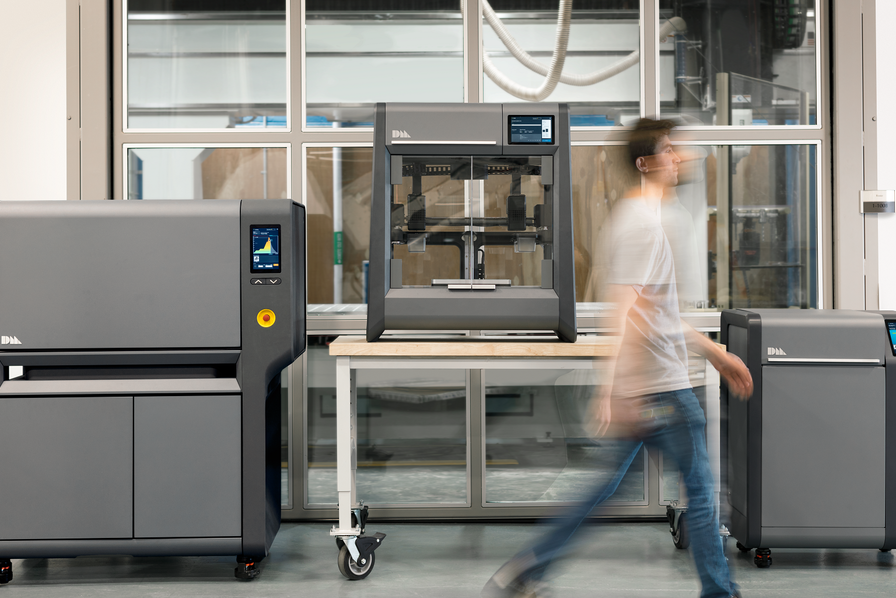 They come from manufacturing challenges that metal 3D printing is better suited to tackle than conventional fabrication methods. Companies that successfully adopt additive manufacturing apply its unique advantages to the challenges that they face.
They come from manufacturing challenges that metal 3D printing is better suited to tackle than conventional fabrication methods. Companies that successfully adopt additive manufacturing apply its unique advantages to the challenges that they face.
Ability to design geometrically complex parts. Why should organizations let designs be limited by traditional manufacturing constraints?
Furthermore, in metal 3D printing, complexity is free. Unlike conventional manufacturing, additive manufacturing is cost-independent from part complexity. Compared to subtractive CNC machines, it’s more adept at curved, natural shapes and intricate geometries. As a result, complex parts are cheaper, easier, and faster to produce with a metal 3D printer.
Metal 3D printers are uniquely suited to fabricate complex parts. From the ultra-complex to process-optimized, they can print everything from generatively designed structures to custom cooling channels. For these parts, 3D printed metal strength performs well in demanding applications.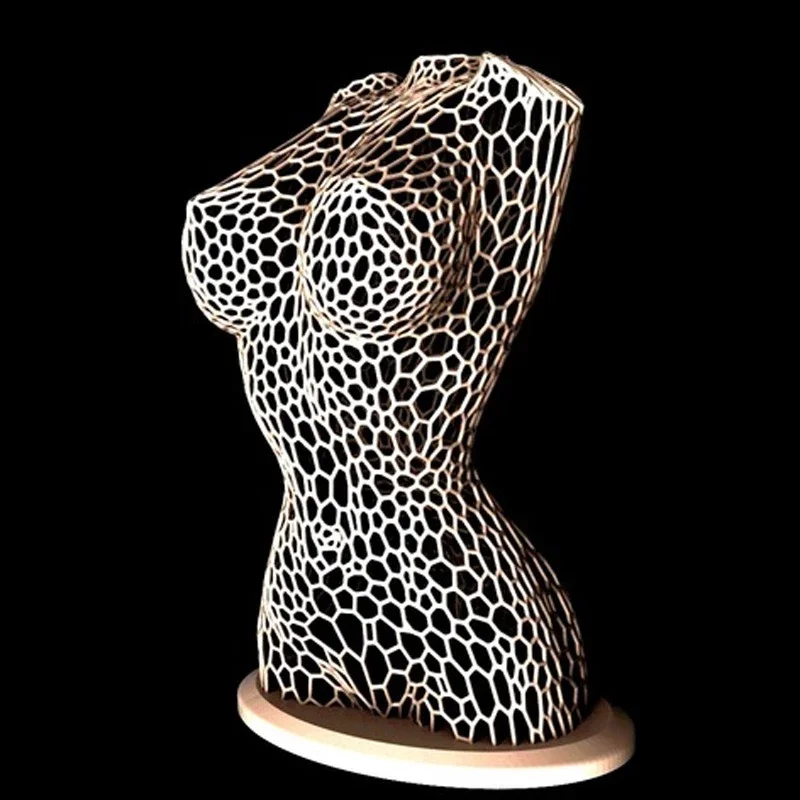
Furthermore, 3D printers can make parts — with complex curves, shapes, or cavities — where conventional subtractive manufacturing processes can't remove material.
Ability to manufacture parts without tooling. Many traditionally manufactured parts require custom tooling and fixtures. These parts, while critical to the manufacturing process, occupy manufacturing bandwidth without generating revenue. For low volume production parts in particular, tooling costs can make fabrication cost-prohibitive.
No custom tooling or fixturing setups are needed to run a metal 3D printer, regardless of the parts printed. This reduces overhead costs associated with manufacturing and produces low-volume parts more quickly and affordably.
Ability to produce parts without detail drawings or CAM.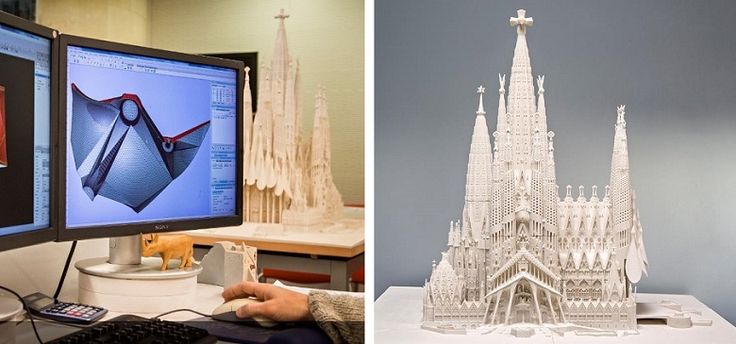 Machined parts require drawings, CAM, or both — 3D printed metal parts do not. Metal 3D printing software automatically generates and executes the tool paths required to build the part. Instead of generating drawings and programming CAM, all manufacturers have to do is orient a part and select materials and basic print settings.
Machined parts require drawings, CAM, or both — 3D printed metal parts do not. Metal 3D printing software automatically generates and executes the tool paths required to build the part. Instead of generating drawings and programming CAM, all manufacturers have to do is orient a part and select materials and basic print settings.
In addition to automatically generating toolpaths, most metal 3D printers require little to no supervision while fabricating parts. Manufacturers can go from design to part with shorter lead times and less labor.
Download our Free Guides to Metal 3D Printing
Interested in learning more about metal additive manufacturing? Download our free guides for more in-depth information about metal 3D printing:
Guide: Metal 3D Printing Fundamentals
Guide: Deep Dive into Metal FFF Printing
Guide: Applications for Metal 3D Printing
All of the blogs and the information contained within those blogs are copyright by Markforged, Inc.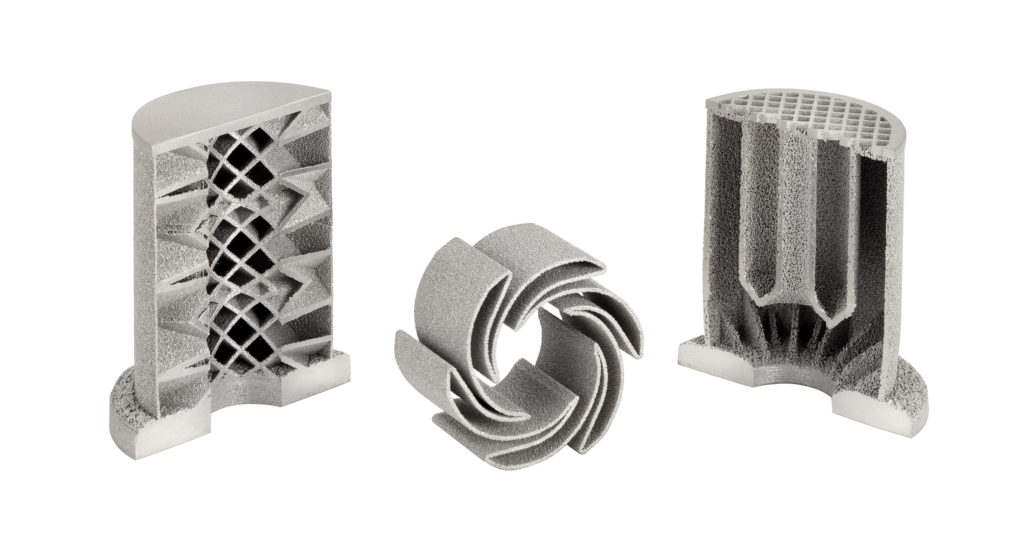 and may not be copied, modified, or adopted in any way without our written permission. Our blogs may contain our service marks or trademarks, as well as of those our affiliates. Your use of our blogs does not constitute any right or license for you to use our service marks or trademarks without our prior permission. Markforged Information provided in our blogs should not be considered professional advice. We are under no obligation to update or revise blogs based on new information, subsequent events, or otherwise.
and may not be copied, modified, or adopted in any way without our written permission. Our blogs may contain our service marks or trademarks, as well as of those our affiliates. Your use of our blogs does not constitute any right or license for you to use our service marks or trademarks without our prior permission. Markforged Information provided in our blogs should not be considered professional advice. We are under no obligation to update or revise blogs based on new information, subsequent events, or otherwise.
Never miss an article
Subscribe to get new Markforged content in your inbox
required required requiredSubmit
Three Benefits of 3D Printing Metal Parts
The ability to additively manufacture near net shape parts has long been a holy grail of manufacturing. As a result, Metal 3D printing (the technology that seems likely to deliver on that promise), has carried an immense amount of “hype. ” The blind excitement for the process largely overshadow the actual benefits of metal 3D printing, which paint the picture of a unique fabrication method that can specifically add value to the manufacturing process in a few key ways.
” The blind excitement for the process largely overshadow the actual benefits of metal 3D printing, which paint the picture of a unique fabrication method that can specifically add value to the manufacturing process in a few key ways.
What are the benefits of 3D printing metal?
- Cost per part is consistent at low and high volumes
- Complex parts are not more difficult to 3D print than simple parts.
- Metal 3D printing can create parts that are impossible to make with any other fabrication method.
Metal 3D printing cost per part is the same at low and high volumes
Almost every fabrication method in existence gets cheaper on a cost/per/part basis with increased volume. Casting, machining, and forming (among others) are perfect examples of this. At low and medium volumes, they can be prohibitively expensive to implement. However, at large scale they are far and away the cheapest way to fabricate a part. This is due to the difference between overhead costs -- the costs incurred to be able to make a part -- and per-unit costs -- the costs required to make one additional part.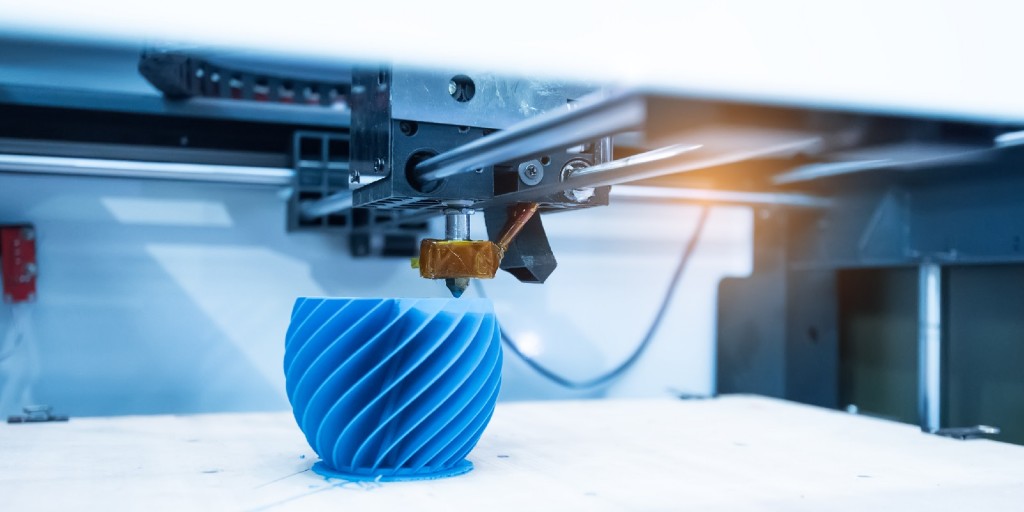 Casting and Injection molding are excellent examples of high overhead/low per unit costs -- at low volumes, the distributed cost of the molds required drive the part cost up to unreasonable levels. However, since the added cost per-unit is extremely low, the overall part cost becomes very cheap at high volumes. Their cost/volume curve looks like this:
Casting and Injection molding are excellent examples of high overhead/low per unit costs -- at low volumes, the distributed cost of the molds required drive the part cost up to unreasonable levels. However, since the added cost per-unit is extremely low, the overall part cost becomes very cheap at high volumes. Their cost/volume curve looks like this:
Metal 3D Printing subverts this by utilizing a largely automated process that incurs almost no overhead costs. There’s minimal extra upfront labor in printing the first part over the 100th, and the system uses the same amount of consumables (for the Markforged Metal X this is filament, washing fluid, and sintering furnace gas) on every part. This locks part cost regardless of part quantity and a cost graph that looks like this:
3D printing has a stable cost per part and is not dependent on print volume. As a result, it can be the most economical way to product low volume parts.
Metal 3D printing isn’t the most cost effective manufacturing method for all volumes -- at high volumes, most other manufacturing processes are significantly more affordable. However, for a significant slice of low to medium volume production, metal 3D printing can be the most affordable way to make parts.
In metal 3D printing, complexity is free
Years of design for manufacturing training have left most engineers hard coded to design parts that are as simple to fabricate as possible. The justification behind this is as simple as it is economical: for the vast majority of fabrication processes, added complexity equals added cost. Complex parts require more work to program machines, more advanced machines to do the fabrication, and take more time to complete. Across most fabrication methods, this stays remarkably consistent; everything from mills to cast parts are affected. Metal 3D printing is not.
Nearly all metal fabrication processes rely on a subtractive process (even casting needs molds). Conventionally manufactured parts all begin as a block of metal, with the machine (usually a mill or something similar) removing material to create the final part. For complex parts, these operations can be both extremely difficult and time consuming to perform. The result is expensive parts that take a long time to fabricate and waste significant material.
Conventionally manufactured parts all begin as a block of metal, with the machine (usually a mill or something similar) removing material to create the final part. For complex parts, these operations can be both extremely difficult and time consuming to perform. The result is expensive parts that take a long time to fabricate and waste significant material.
Due to a largely automated additive process, metal 3D printing costs are driven by part size instead of complexity. Tool pathing is done by 3D printing slicing software, eliminating the labor and CAM costs native to conventional methods. With no programming and only small preparation responsibilities, part cost is only the material and maintenance of the machine. The additive process yields little wasted material and movement in the fabrication of a part. If a design is printable, complexity doesn’t cost extra.
3D Printers can make parts no other machine can
Every fabrication method has limits -- 3D printing is no exception. However, due to its unique process, metal 3D printing is capable of fabricating parts that cannot be made with any other platform. The result is parts that can be truly optimized for their use case rather than limited by traditional manufacturing constraints. These parts range from ultra complex -- like topology optimized parts from generative design software -- to process optimized -- like injection molds with conformal cooling channels or custom manifold design. Most of these “impossible parts” have one key feature in common: complex curves, shapes, or cavities where conventional processes simply can’t remove material.
However, due to its unique process, metal 3D printing is capable of fabricating parts that cannot be made with any other platform. The result is parts that can be truly optimized for their use case rather than limited by traditional manufacturing constraints. These parts range from ultra complex -- like topology optimized parts from generative design software -- to process optimized -- like injection molds with conformal cooling channels or custom manifold design. Most of these “impossible parts” have one key feature in common: complex curves, shapes, or cavities where conventional processes simply can’t remove material.
The breadth of impossible parts that can be fabricated on metal 3D printers have not been fully explored yet, so applications are not fully known. As metal 3D printing is adopted by the manufacturing masses, we’ll likely see new design paradigms centered around the unique strengths of 3D printing as a process.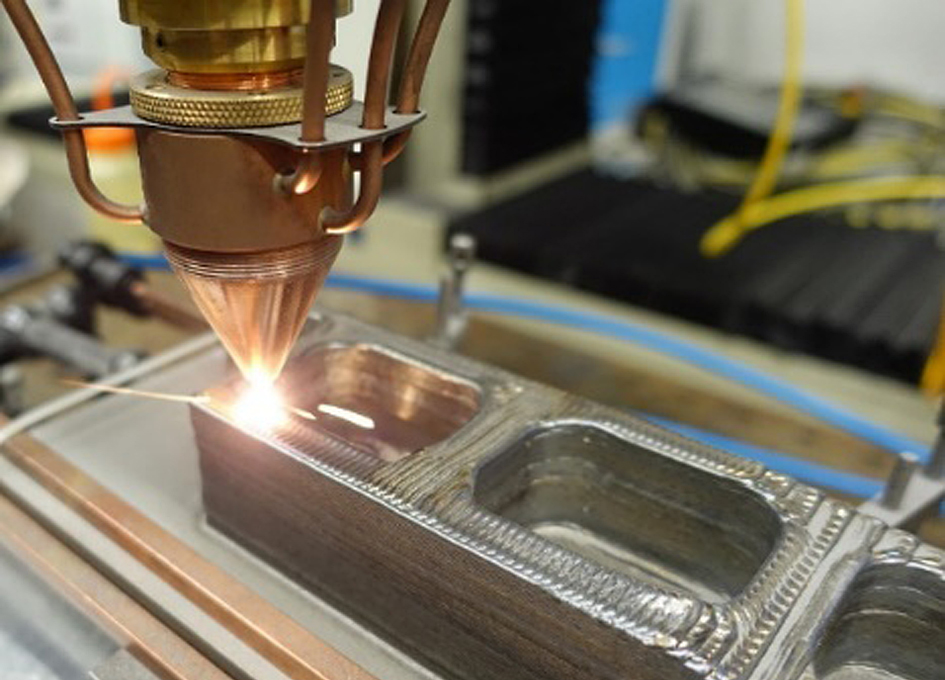 Metal 3D printing is by no means the singular future of manufacturing -- however, it presents an alternate method of manufacturing that opens up new opportunities that were previous cost or design prohibitive. Metal 3D printing will become an invaluable tool for engineers, designers, and fabricators everywhere.
Metal 3D printing is by no means the singular future of manufacturing -- however, it presents an alternate method of manufacturing that opens up new opportunities that were previous cost or design prohibitive. Metal 3D printing will become an invaluable tool for engineers, designers, and fabricators everywhere.
How metal 3D printers work. Overview of SLM and DMLS technologies. additive manufacturing. 3D metal printing.
Metal 3D printing. Additive technologies.
SLM or DMLS: what's the difference?
Hello everyone, Friends! 3DTool is with you!
BLT metal 3D printer catalog
Selective laser melting ( SLM ) and direct metal laser sintering ( DMLS ) are two additive manufacturing processes that belong to the family of 3D printing using the powder layer method. The two technologies have much in common: they both use a laser to selectively melt (or melt) metal powder particles, bonding them together and creating a pattern layer by layer. In addition, the materials used in both processes are metals in granular form.
In addition, the materials used in both processes are metals in granular form.
The differences between SLM and DMLS come down to the basics of the particle bonding process: SLM uses metal powders with a single melting point and completely melts the particles, while in DMLS the powder consists of materials with variable melting points.
Specifically:
SLM produces single metal parts while DMLS produces metal alloy parts.
Both SLM and DMLS technologies are used in industry to create final engineering products. In this article, we will use the term "metal 3D printing" to summarize the 2 technologies. We will also describe the main mechanisms of the manufacturing process that are necessary for engineers to understand the advantages and disadvantages of these technologies.
There are other manufacturing processes for producing dense metal parts, such as electron beam melting (EBM) and ultrasonic additive manufacturing (UAM). Their availability and distribution is rather limited, so they will not be presented in this article.
How 3D printing with SLM or DMLS metal works.
How does metal 3D printing work? The basic manufacturing process for SLM and DMLS is very similar.
1. The printing chamber is first filled with an inert gas (such as argon) to minimize the oxidation of the metal powder. It then heats up to the optimum operating temperature.
2. A layer of powder is spread over the platform, a powerful laser makes passes along a predetermined path in the program, fusing the metal particles together and creating the next layer.
3. When the sintering process is completed, the platform moves down 1 layer. Next, another thin layer of metal powder is applied. The process is repeated until the entire model is printed.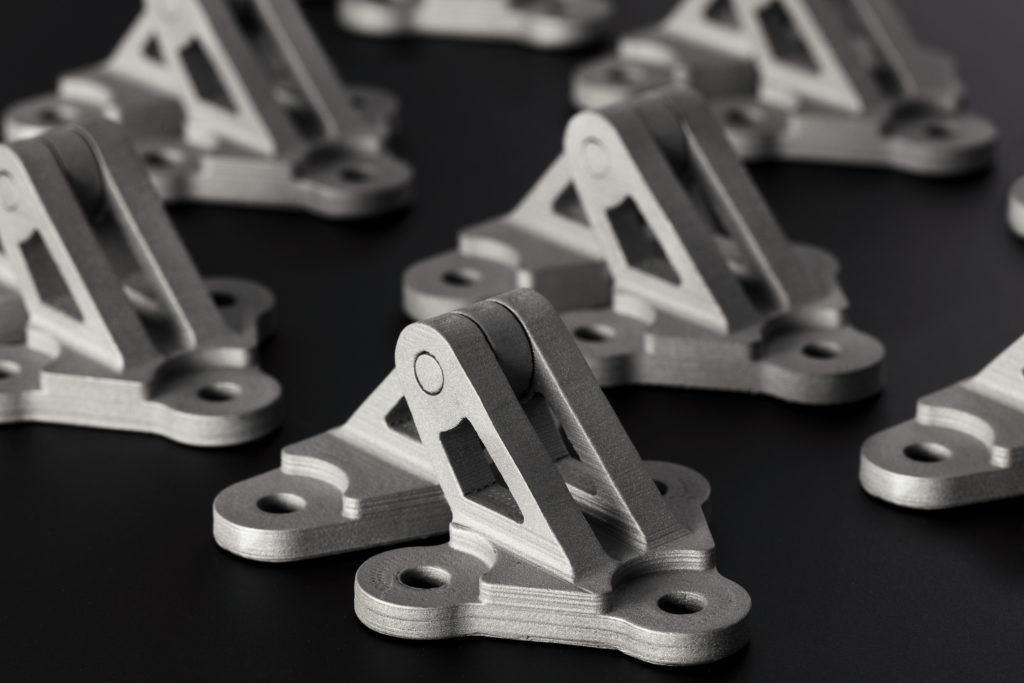
When the printing process is completed, the metal powder already has strong bonds in the structure. Unlike the SLS process, parts are attached to the platform via support structures. The support in metal 3D printing is created from the same material as the base part. This condition is necessary to reduce deformations that may occur due to high processing temperatures.
When the 3D printer's chamber cools down to room temperature, excess powder is removed manually, such as with a brush. The parts are then typically heat treated while they are still attached to the platform. This is done to relieve any residual stresses. They can then be further processed. The removal of the part from the platform occurs by means of sawing.
Scheme of operation of a 3D printer for metal.
In SLM and DMLS, almost all process parameters are set by the manufacturer.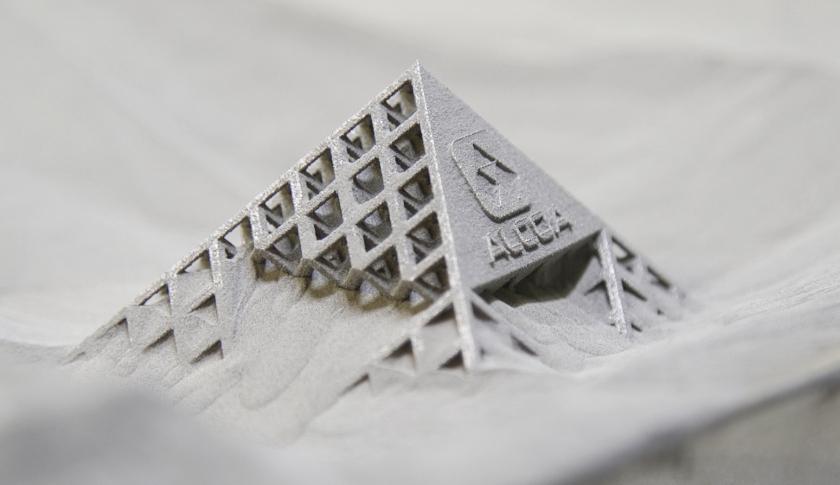 The layer height used in metal 3D printing varies from 20 to 50 microns and depends on the properties of the metal powder (fluidity, particle size distribution, shape, etc.).
The layer height used in metal 3D printing varies from 20 to 50 microns and depends on the properties of the metal powder (fluidity, particle size distribution, shape, etc.).
The basic size of the print area on metal 3D printers is 200 x 150 x 150 mm, but there are also larger sizes of the working area. Printing accuracy is from 50 - 100 microns. As of 2020, metal 3D printers start at $150,000. For example, our company offers 3D metal printers from BLT.
metal 3D printers can be used for small batch production, but the 3D printing capabilities of such systems are more like those of mass production on FDM or SLA machines.
The metal powder in SLM and DMLS is recyclable: typically less than 5% is consumed. After each impression, the unused powder is collected and sieved, and then topped up with fresh material to the level required for the next production.
Waste in metal printing, are supports (support structures, without which it will not be possible to achieve a successful result).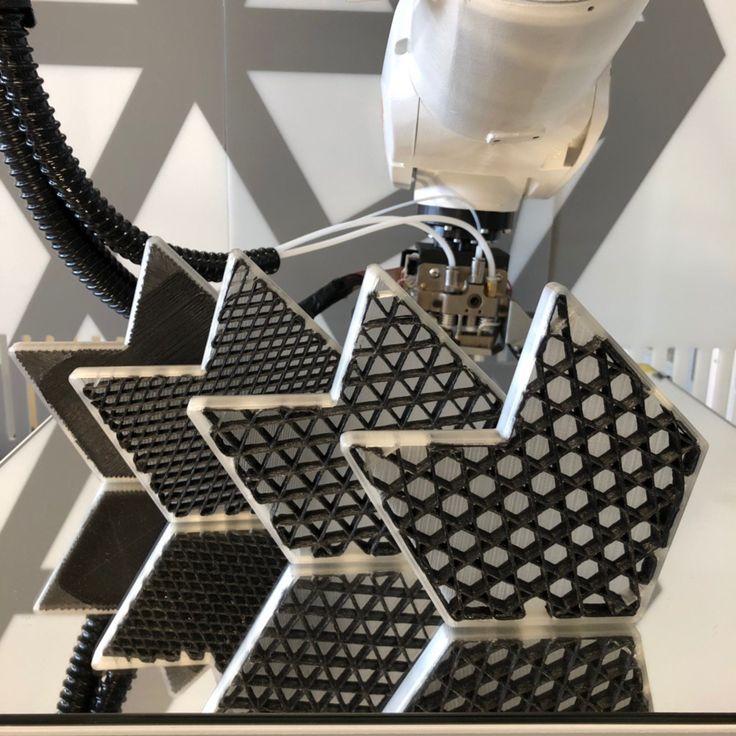 With too much support on the manufactured parts, the cost of the entire production will increase accordingly.
With too much support on the manufactured parts, the cost of the entire production will increase accordingly.
Adhesion between coats.
3D metal printing on BLT 3D printers
SLM and DMLS metal parts have almost isotropic mechanical and thermal properties. They are hard and have very little internal porosity (less than 0.2% in 3D printed condition and virtually non-existent after processing).
Metal printed parts have higher strength and hardness and are often more flexible than traditionally made parts. However, such metal becomes “tired” faster.
3D model support structure and part orientation on the work platform.
Support structures are always required when printing with metal, due to the very high processing temperatures. They are usually built using a lattice pattern.
Supports in metal 3D printing perform 3 functions:
• They form the basis for creating the first layer of the part.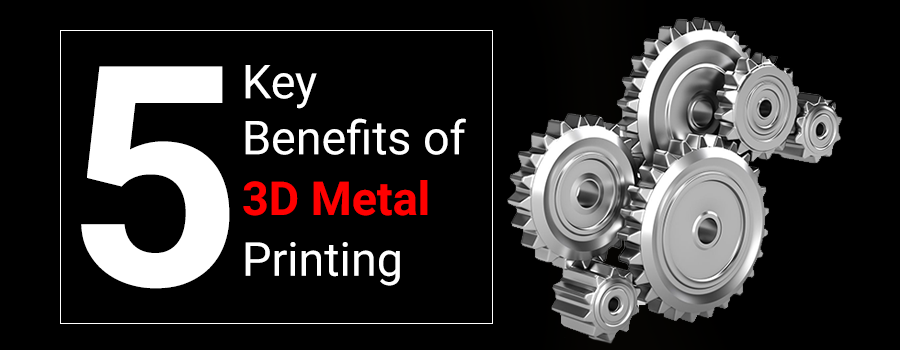
• They secure the part to the platform and prevent it from deforming.
• They act as a heat sink, removing heat from the model.
Parts are often oriented at an angle. However, this will increase the amount of support required, the printing time, and ultimately the overall cost.
Deformation can also be minimized with laser sintering templates. This strategy prevents the accumulation of residual stresses in any particular direction and adds a characteristic surface texture to the part.
Since the cost of metal printing is very high, software simulations are often used to predict how a part will behave during processing. These topology optimization algorithms are otherwise used not only to increase mechanical performance and create lightweight parts, but also to minimize the need for supports and the likelihood of part distortion.
Hollow sections and lightweight structures.
An example of printing on a BLT 3D printer
Unlike polymer powder melt processes such as SLS, large hollow sections are not typically used in metal printing as the support would be very difficult to remove, if at all possible.
For internal channels larger than Ø 8 mm, it is recommended to use diamond or teardrop cross-sections instead of round ones, as they do not require support. More detailed recommendations on the design of SLM and DMLS can be found in other articles on this topic.
As an alternative to hollow sections, parts can be made with sheath and cores, which in turn are machined using different laser power and pass speeds, resulting in different material properties. The use of sheath and cores is very useful when making parts with a large solid section, as it greatly reduces printing time and reduces the chance of warping.
The use of a lattice structure is a common strategy in metal 3D printing to reduce part weight.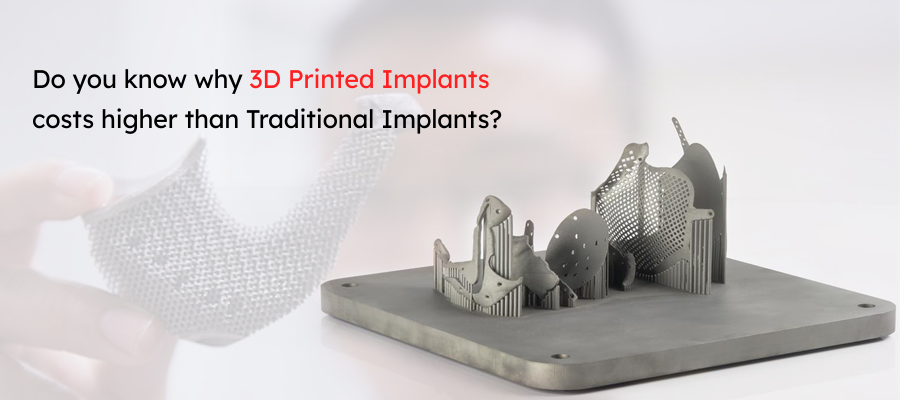 Topology optimization algorithms can also help design organic lightweight shapes.
Topology optimization algorithms can also help design organic lightweight shapes.
Consumables for 3D metal printing.
SLM and DMLS technologies can produce parts from a wide range of metals and metal alloys, including aluminum, stainless steel, titanium, cobalt, chromium and inconel. These materials meet the needs of most industrial applications, from aerospace to medical applications. Precious metals such as gold, platinum, palladium and silver can also be processed, but their use is of a minor nature and is mainly limited to jewelry making.
The cost of metal powder is very high. For example, a kilogram of 316 stainless steel powder costs approximately $350-$450. For this reason, minimizing part volume and the need for supports is key to maintaining optimal manufacturing cost.
The main advantage of metal 3D printing is its compatibility with high-strength materials such as nickel or cobalt-chromium superalloys, which are very difficult to machine with traditional methods.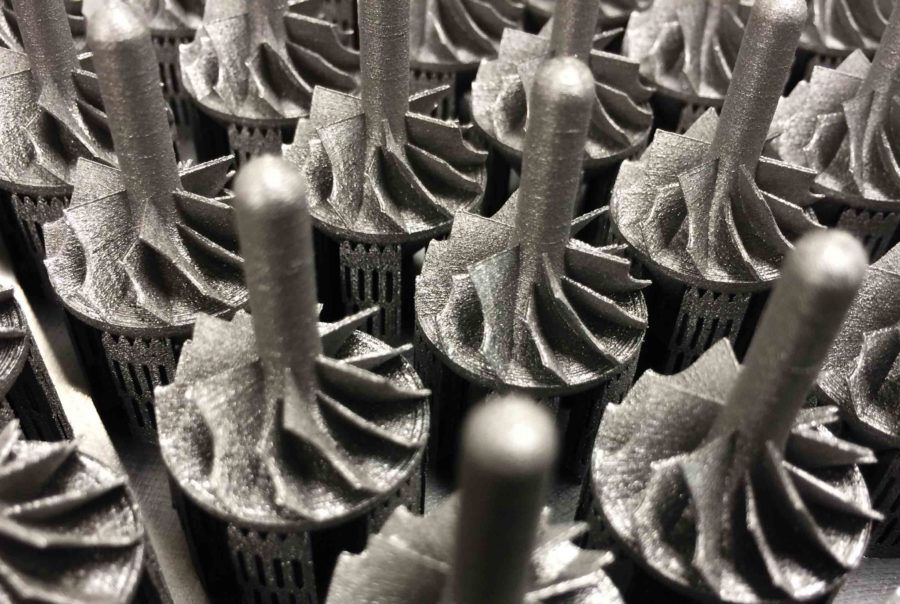 Significant cost and time savings can be achieved by using metal 3D printing to create a near-clean shape part. Subsequently, such a part can be processed to a very high surface quality.
Significant cost and time savings can be achieved by using metal 3D printing to create a near-clean shape part. Subsequently, such a part can be processed to a very high surface quality.
Metal post-processing.
Various post methods. treatments are used to improve the mechanical properties, accuracy and appearance of metal printed products.
Mandatory post-processing steps include the removal of loose powder and support structures, while heat treatment (heat annealing) is typically used to relieve residual stresses and improve the mechanical properties of the part.
CNC machining can be used for critical features (such as holes or threads). Sandblasting, plating, polishing, and micro-machining can improve the surface quality and fatigue strength of a metal printed part.
Advantages and disadvantages of metal 3D printing.
Pros:
1.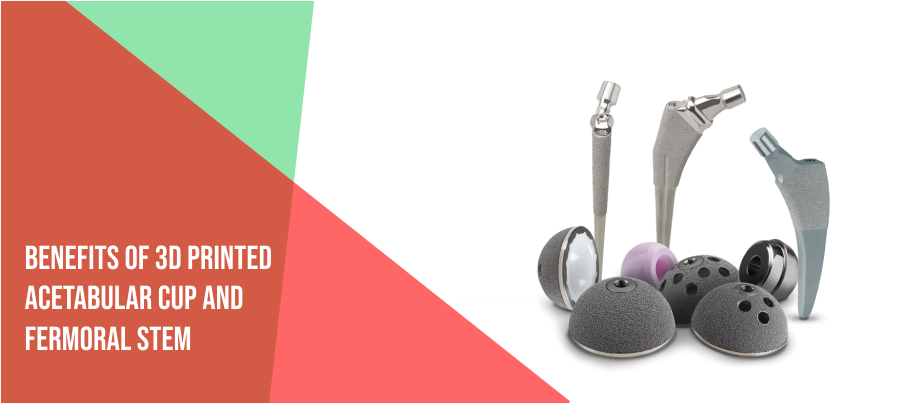 Metal 3D printing can be used to make complex custom parts, with geometries that traditional manufacturing methods cannot provide.
Metal 3D printing can be used to make complex custom parts, with geometries that traditional manufacturing methods cannot provide.
2. Metal 3D printed parts can be optimized to increase their performance with minimal weight.
3. Metal 3D printed parts have excellent physical properties, metal 3D printers can print a wide range of metals and alloys. Includes difficult-to-machine materials and metal superalloys.
Cons:
1. Manufacturing costs associated with metal 3D printing are high. The cost of consumables is from $ 500 per 1 kg.
2. The size of the working area in metal 3D printers is limited.
Conclusions.
• Metal 3D printing is most suitable for complex, one-piece parts that are difficult or very expensive to manufacture using traditional methods, such as CNC.
• Reducing the need for building supports, will significantly reduce the cost of printing with metal.
• 3D printed metal parts have excellent mechanical properties and can be made from a wide range of engineering materials, including superalloys.
And that's all we have! We hope the article was useful to you.
Catalog of 3D printers for metal BLT
You can purchase metal 3d printers, as well as any other 3d printers and CNC machines, by contacting us:
• By email: [email protected]
• By phone: 8(800)775-86-69
• Or on our website: http://3dtool.ru
Also, don't forget to subscribe to our YouTube channel:
Subscribe to our groups in social networks:
In contact with
Metal 3D printing technology features
Metal 3D printing is a technology in high demand that offers unique combinations of practical and aesthetic characteristics of finished products. The technique is applicable to prototypes, functional elements, decorations and household items. Currently, it is estimated as one of the most promising, and in the near future it will be able to displace modern prototyping methods.
Currently, it is estimated as one of the most promising, and in the near future it will be able to displace modern prototyping methods.
The usual production of alloy objects is very wasteful. In certain areas, up to 90% of raw materials are sent to waste. 3D printing requires less energy and minimizes waste. A part printed on a 3D printer is 50% lighter than a cast blank.
DMP and SLS technologies: what is the difference
The essence of the procedure: a laser or other energy beam sinters particles of carefully distributed bulk material into a total mass, forming products in layers. Particularly popular techniques are Direct Metal Printing (direct sintering) and Selective Laser Sintering (selective laser sintering).
SLS and DMP technologies are often confused. The main difference between these processes lies in the fact that the first method involves the partial melting of metal powder, which is necessary for sintering, and the second option provides full-fledged melting of particles with an ytterbium laser, which is necessary for building monolithic objects. In addition, DMP is a progressive technique used exclusively in industrial production.
In addition, DMP is a progressive technique used exclusively in industrial production.
How metal 3D printing works
The production cycle begins with a digital model, on the basis of which the machine distributes layers of powder raw materials.
The process of manufacturing metal objects consists of the following steps:
- The working chamber is filled with an inert gas to minimize the degree of oxidation of the consumable powder and the finished product.
- If necessary, the chamber is heated to the set temperature.
- Part of the material is spread over the platform, and a powerful laser follows the path determined by the software and sinters the particles to form a single layer.
- When the fusion procedure is completed, the platform is moved down by the thickness of the layer and the process is resumed.
- Layered construction of the product is repeated until the complete construction of the object.
If necessary, the support in 3D printing is created from the same composition as the base element.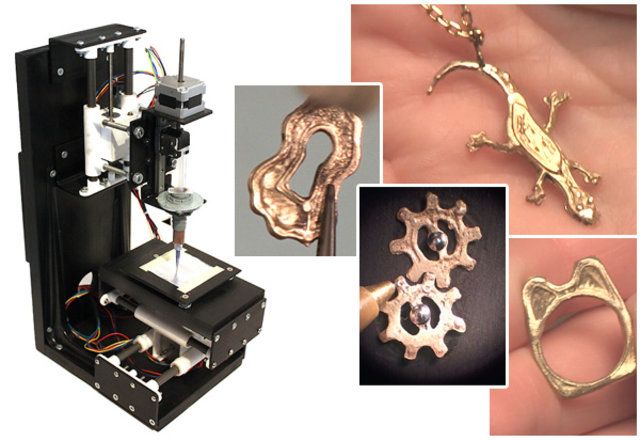 This condition is met in order to reduce the likelihood of deformation caused by high temperatures.
This condition is met in order to reduce the likelihood of deformation caused by high temperatures.
After the 3D printer chamber has cooled down, the remaining loose component is removed.
Consumables for DMP and SLS
The range of alloys used in metal 3D printers is extensive. Now one and a half to two dozen variations are in demand, tested and ready for use. Commonly used compounds:
- 316L stainless steel is the most affordable component, resistant to aggressive environments and has been adopted in various sectors of industry and design. Blends containing cobalt and nickel are characterized by increased flexural strength and elasticity.
- Ti6 or TiAl4V titanium alloys are the most popular raw materials for metal 3D printing. The universal resource is durable, characterized by light weight and corrosion resistance. The composition is in demand in the medical field (selection of prostheses), mechanical engineering and aerospace production (prototyping and mobile elements).
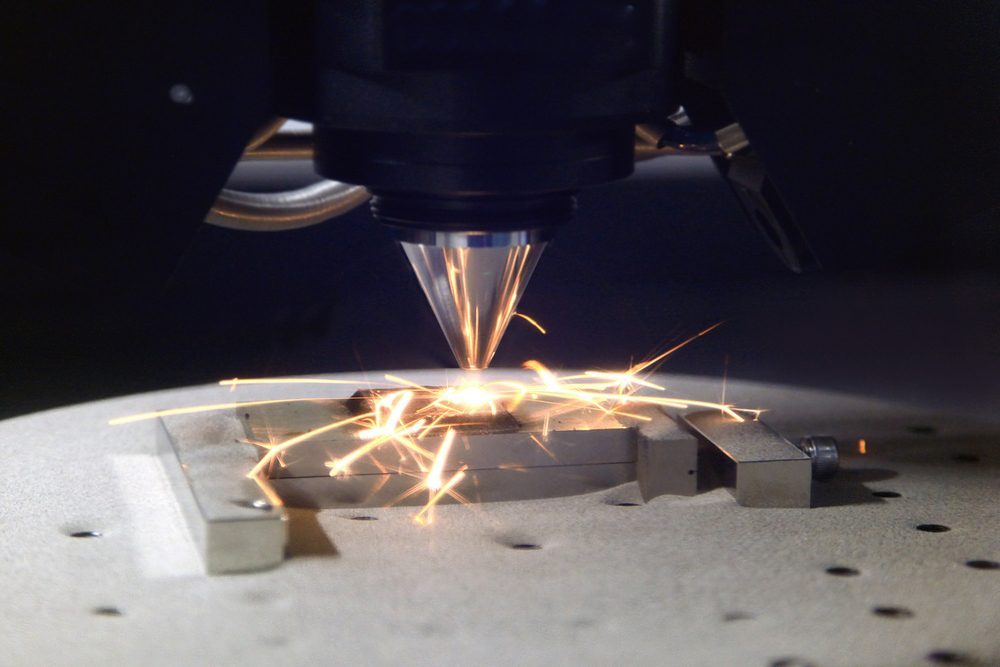
- CobaltChrome Cobalt-Chrome alloy has increased specific strength. It is used for printing dental crowns, bridges and prostheses.
- AlSi10Mg aluminum alloy combines decent thermal conductivity and wear resistance.
- Inconel Inconel has high heat resistance, making it suitable for the oil and aerospace industries (for the manufacture of "black boxes" of airliners, distribution nozzles for equipment).
Most models of 3D printers are capable of working with precious metals. The main task when interacting with gold, silver or platinum is to establish a rational consumption of expensive material. Valuable components are used for 3D printing of jewelry and medical devices, electronics.
Despite the wide range of resources with different properties, any enterprise has the opportunity to develop or order a unique powder for itself.
Functional equipment
In some sectors of industry, these machines have become a critical part of the process.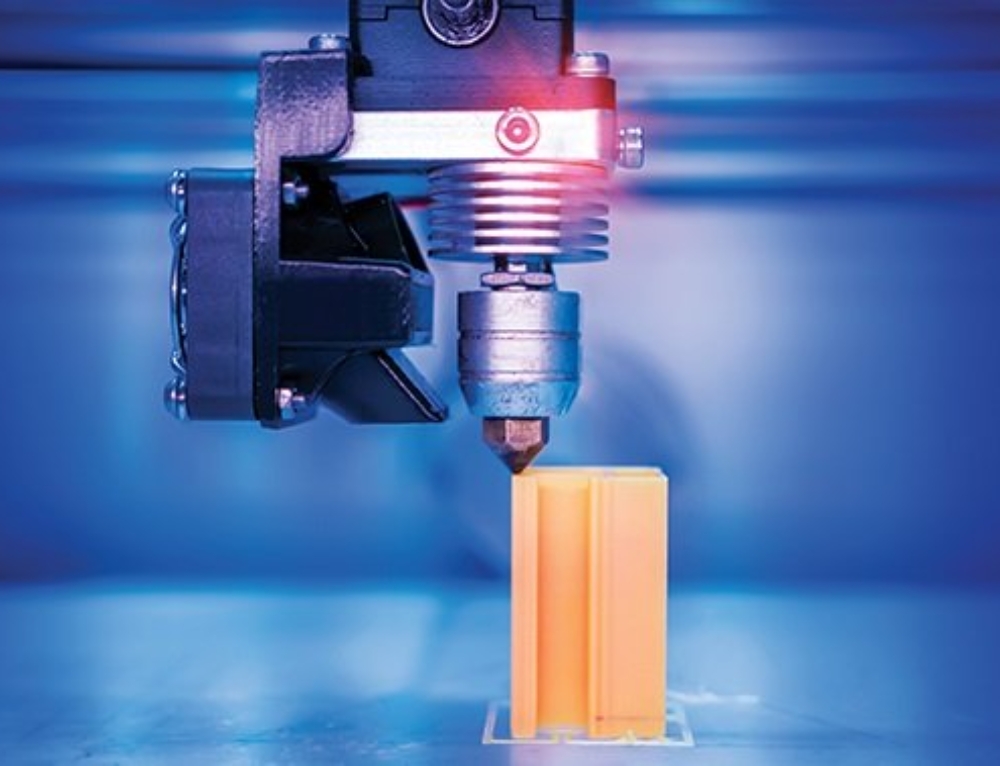 Suitable for working with alloys:
Suitable for working with alloys:
- DMP-Factory-500 - equipment optimized for large-scale production. The model is suitable for printing large and seamless products. The advanced system is powered by 3DXpert software and works with LaserForm products. The unit gives you the ability to control performance by changing the number and types of modules.
- DMP-Flex-350 - a device with increased bandwidth, allows you to reproduce items, clearly maintaining the specified parameters. The machine runs at high speed and can withstand heavy loads. Suitable for prototyping, there are no restrictions on the complexity of the configuration.
- DMP-Factory-350 is a model upgraded with an automatic powder circulation module. Compared to the previous sample, an option has been added to clean the working platform from the remnants of the resource when the camera is closed through the glove box, and the user interface has been improved.
Pros and cons of metal printing
3D printing of metal objects has its pros and cons.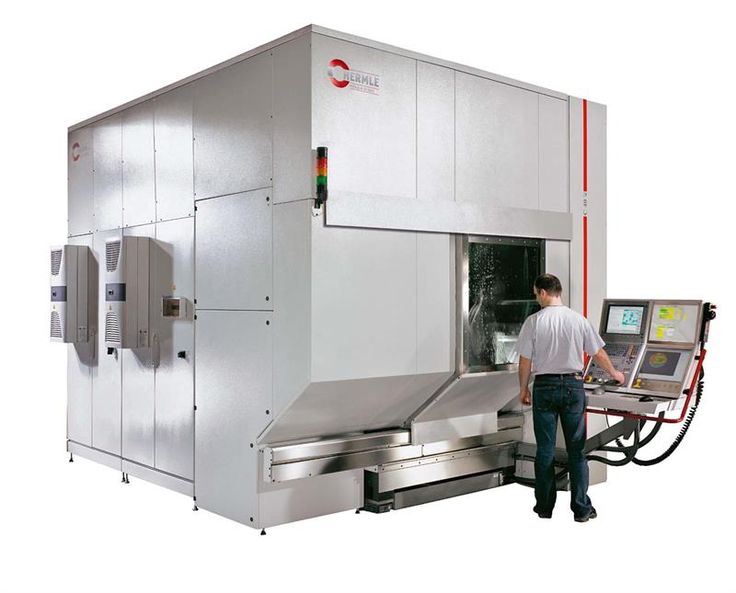
Benefits:
- high-level print density and accuracy;
- saving time;
- 3D-equipment is able to work with a wide range of alloys, including difficult to machine;
- finished parts can be optimized to reduce their weight and increase productivity;
- freedom in design and manufacture - 3D printing can be used to build complex products to order from a personal sketch, with configurations that conventional techniques are not able to provide.
Restrictions:
- large initial investment - the production costs associated with metal 3D printing are quite high, as is the price of consumables;
- limited dimensions of the working area in 3D printers of this type;
- the need for scientific research on the properties of the components involved;
- specific requirements for working conditions and for the room in which 3D equipment is operated;
- difficulty in adapting innovative solutions to existing technological cycles.
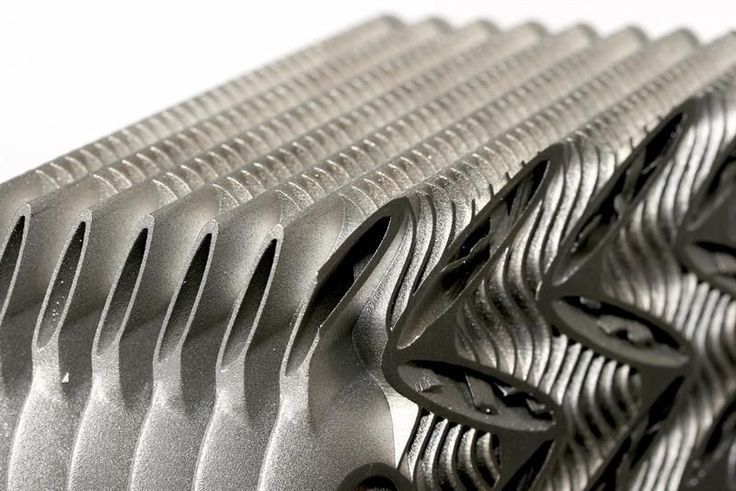
Learn more





